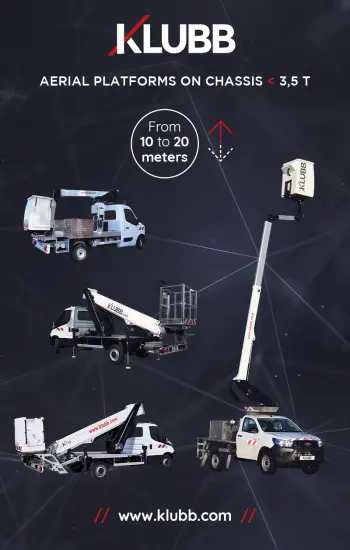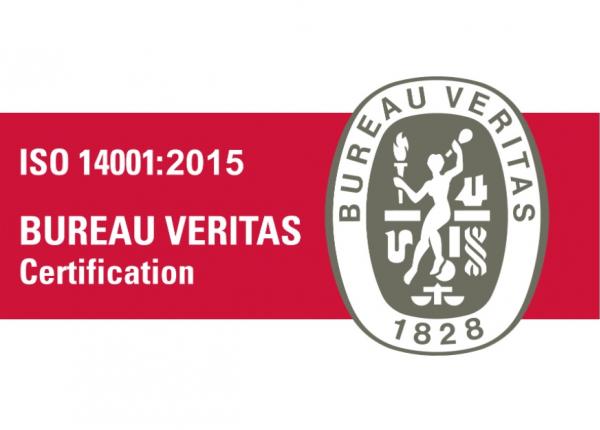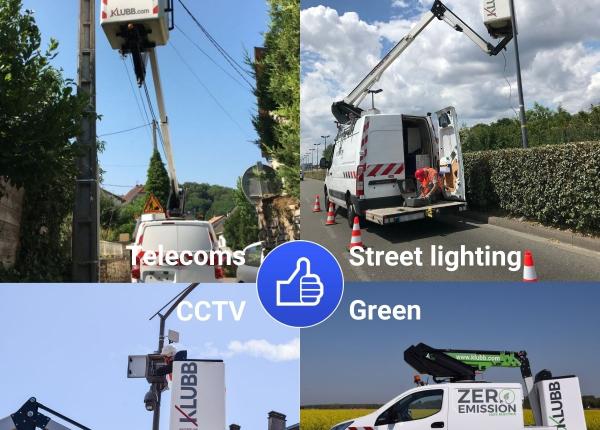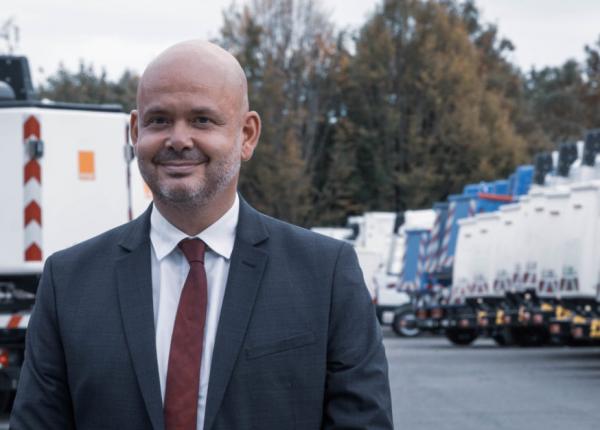
Personal protective equipment (PPE) has the role of protecting operators of aerial work platforms from the various risks they face in their profession. PPE is not the only form of protection, but rather one among other safety measures that employers, employees on site, and manufacturers providing safe work platforms should consider.
In this article, we want to emphasize the importance of using PPE when operating an elevated work platform.
What forms can PPE take?
Since PPE can be worn or held, it takes on different forms, but these forms do not affect their protective role:
- earplugs
- safety goggles
- respiratory protection devices
- fall arrest systems
All of these protective devices are designed to protect workers from different occupational risks, such as:
- inhalation of biological agents
- inhalation or direct contact with chemicals
- burns
- radiation
In the case of aerial work platforms, PPE helps to avoid or reduce the risks of:
- falling from a height
- falling objects
- tip-over of the MEWP
- ejection from the basket
- structural failures of the platform
- electrocutions
- entanglement
- contact with objects
- contact with walls
What is the relationship between PPE and prevention?
As an employer, it is your responsibility to assess the risks that your employees may face when using aMEWP. Based on this analysis, you can make better decisions regarding risk prevention measures to ensure safe work.
Priority should always be given to collective protection, which includes the protection of your operators, other road users, and buildings.
In practice, the use of PPE is not mandatory, but as a manufacturer of elevated work platforms, we know their importance in reducing risks for working at height. We recommend using PPE even when the risk assessment for a site seems low.




